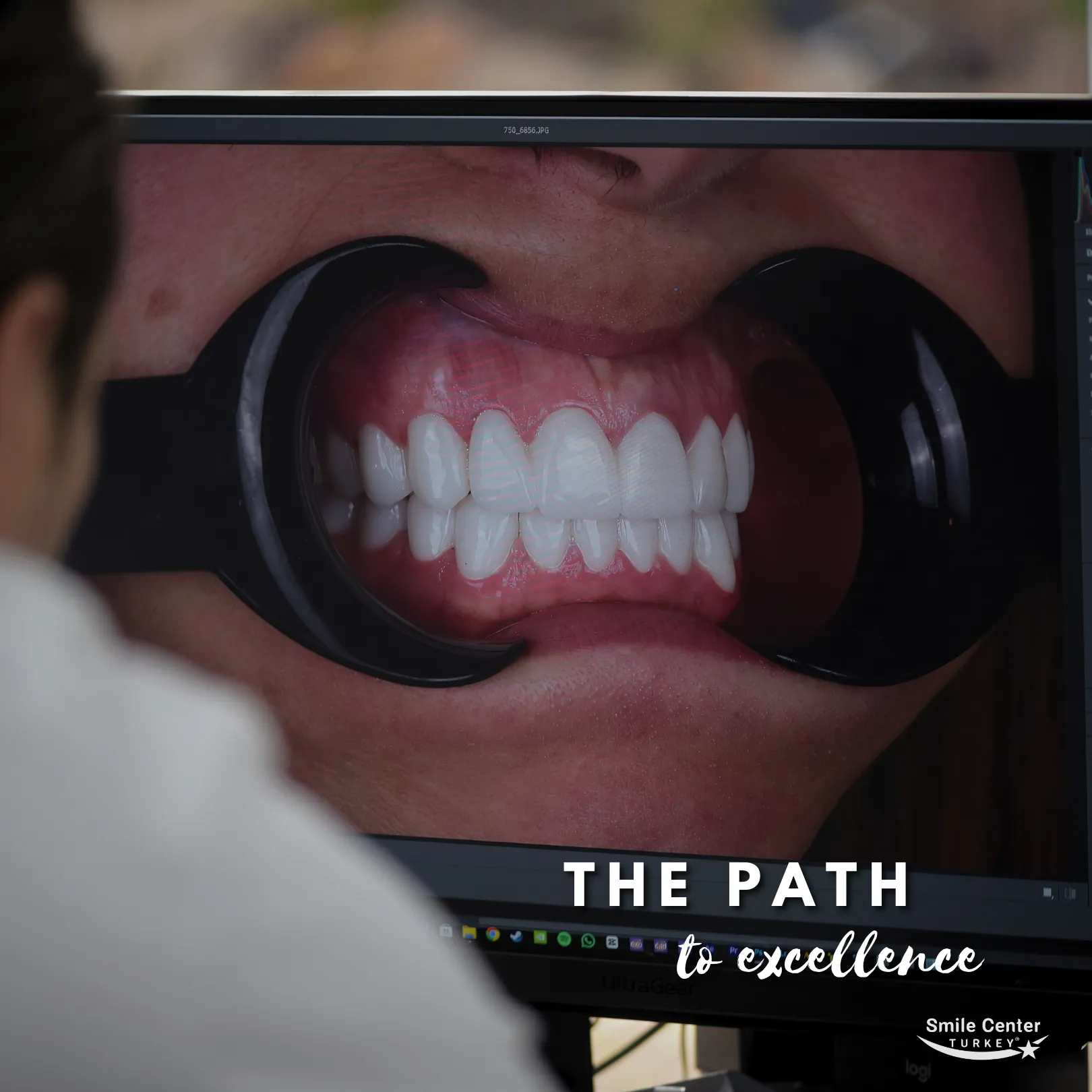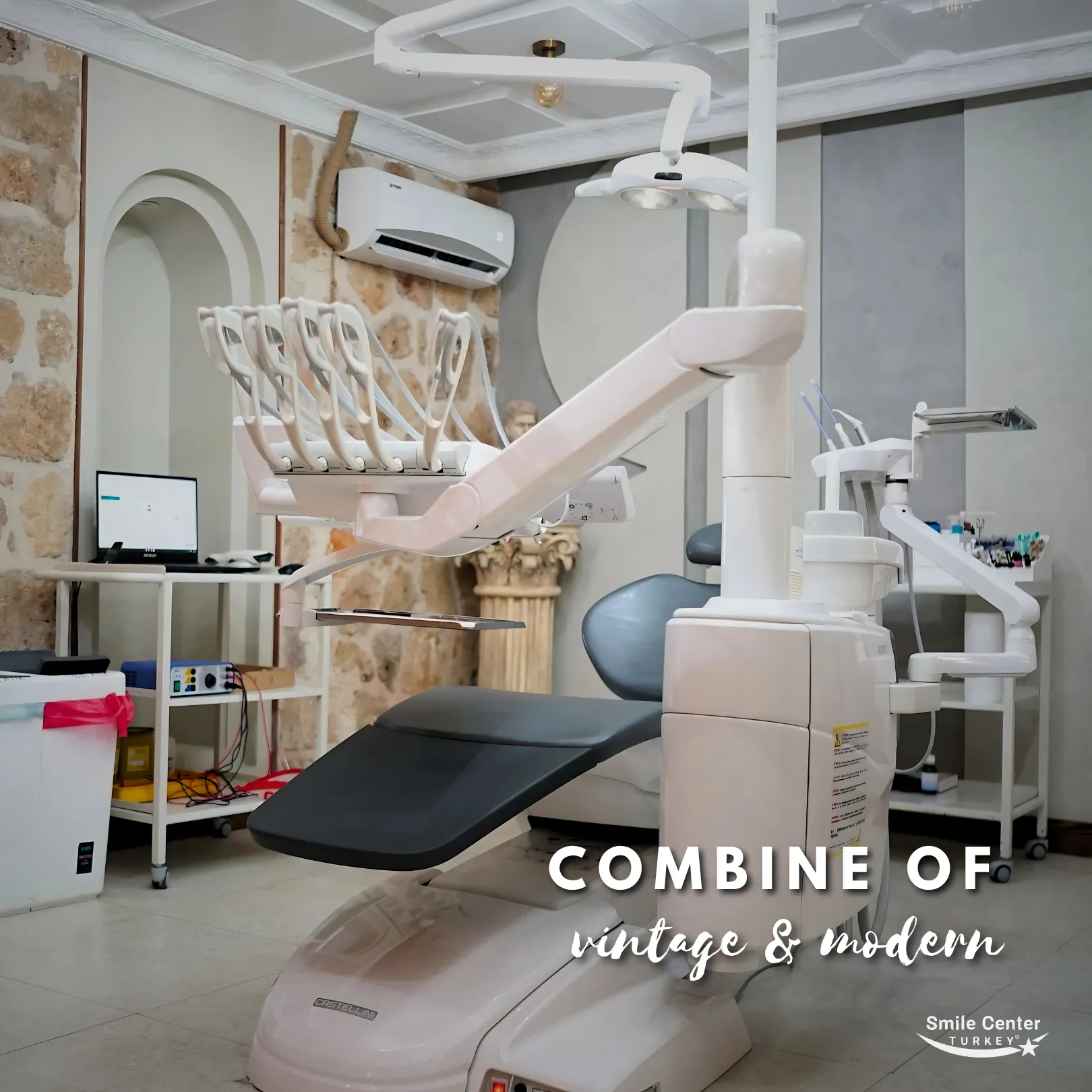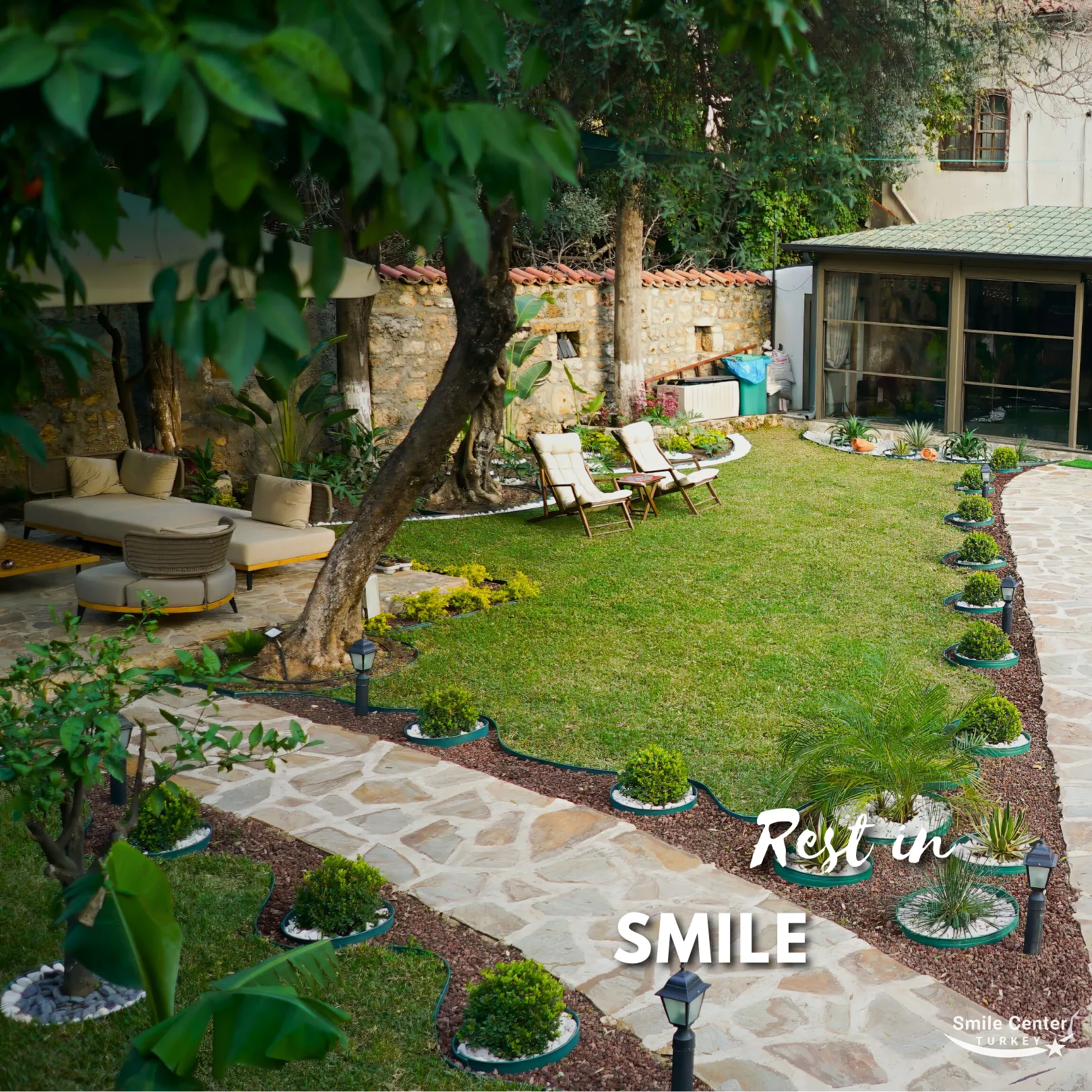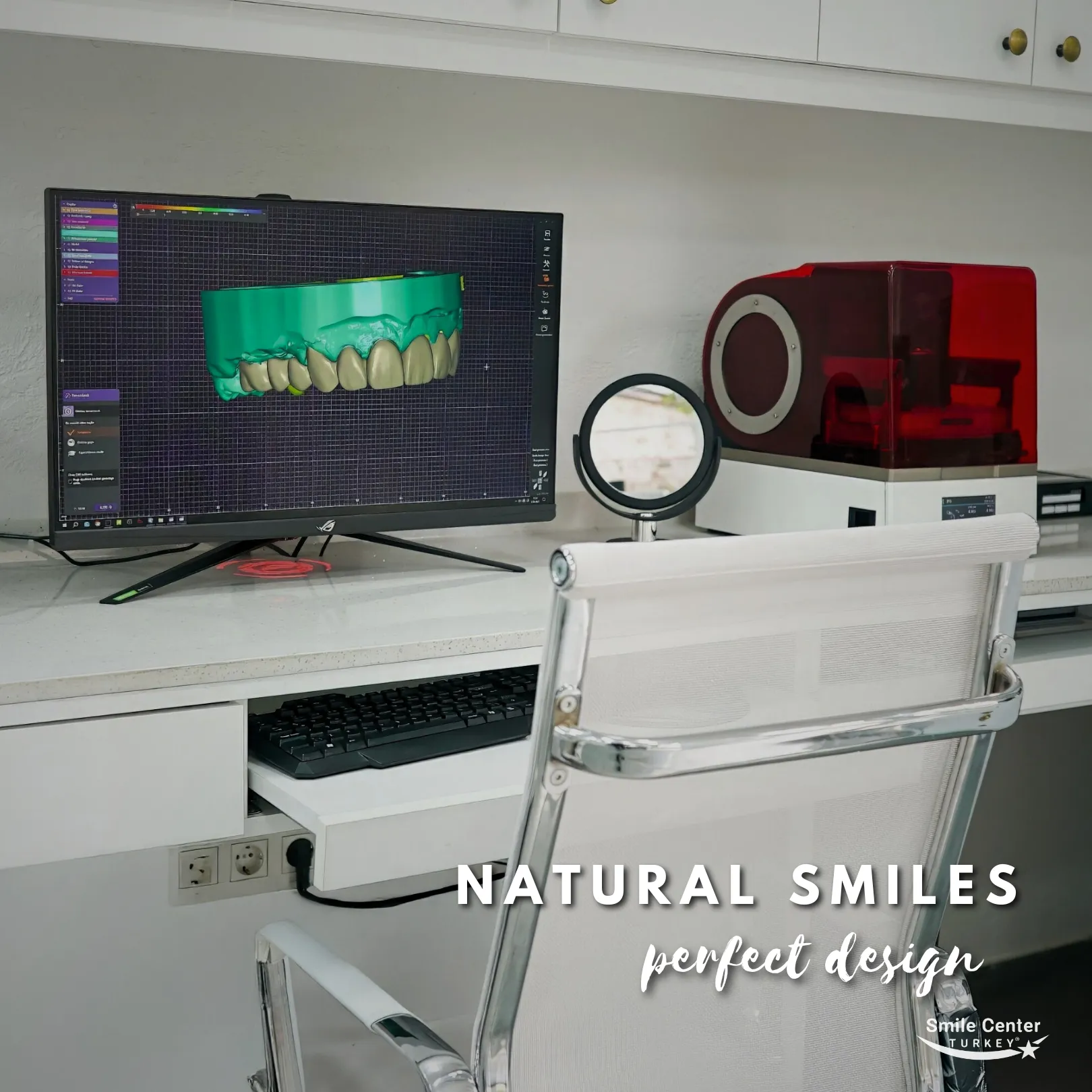Cataract Surgery
Smile Center Turkey
What is a Cataract?
A cataract is a common eye condition that causes the natural lens inside your eye to become cloudy. Normally, the lens is clear and helps to focus light onto the retina, allowing you to see sharp images. However, with a cataract, this lens gradually becomes opaque, much like looking through a foggy or frosted window.
This clouding can lead to a variety of vision problems, including blurred or hazy vision, increased sensitivity to glare from lights, difficulty seeing at night, faded colors, and the need for frequent changes in your eyeglass prescription. Cataracts typically develop slowly over time and are a natural part of aging, but they can also be caused by injury, certain medical conditions, or long-term use of certain medications. While initially, changes in eyeglasses might help, surgery is the only effective treatment to restore clear vision once cataracts significantly impair daily activities.
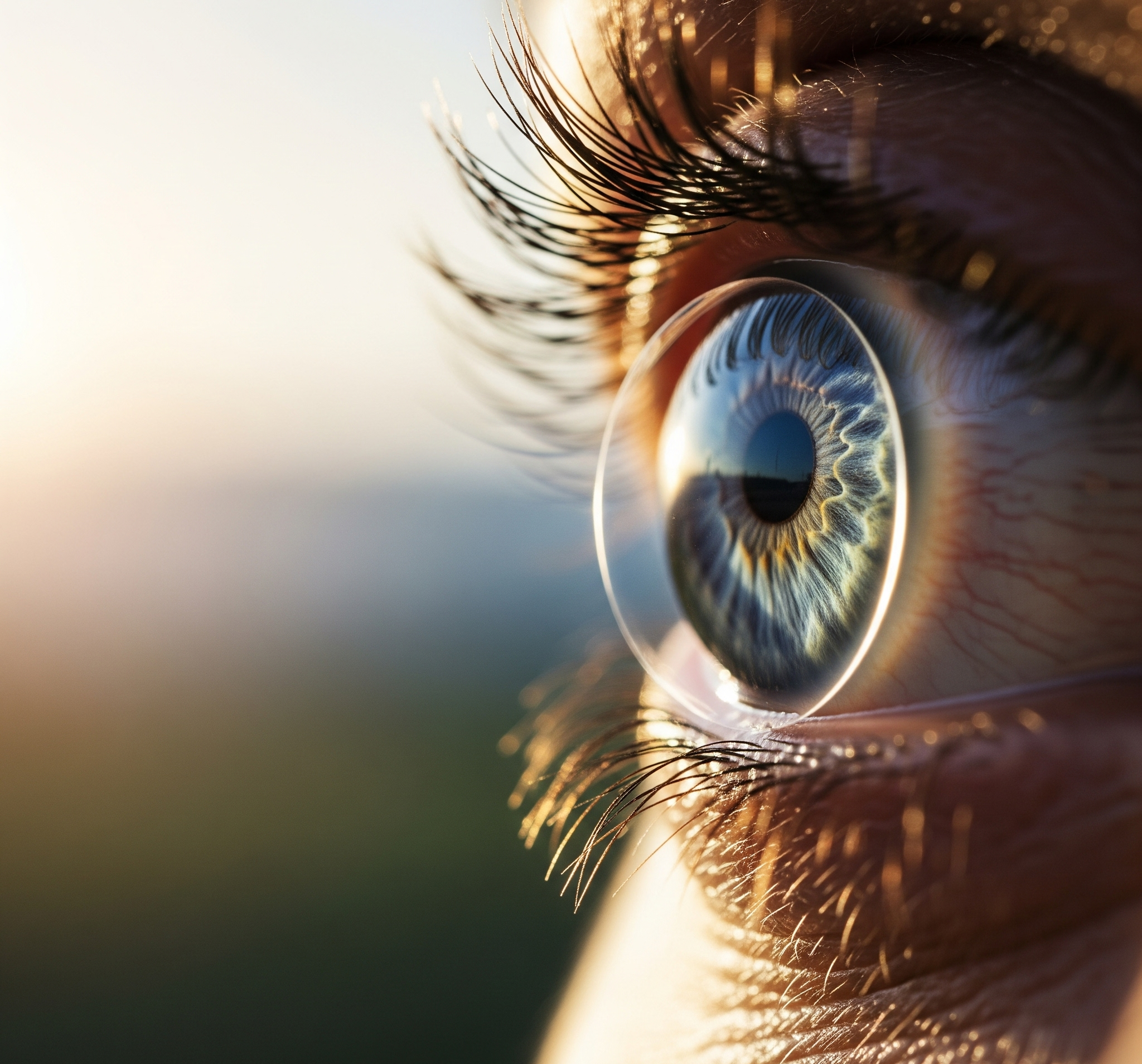
Enhanced Vision Clarity and Sharpness
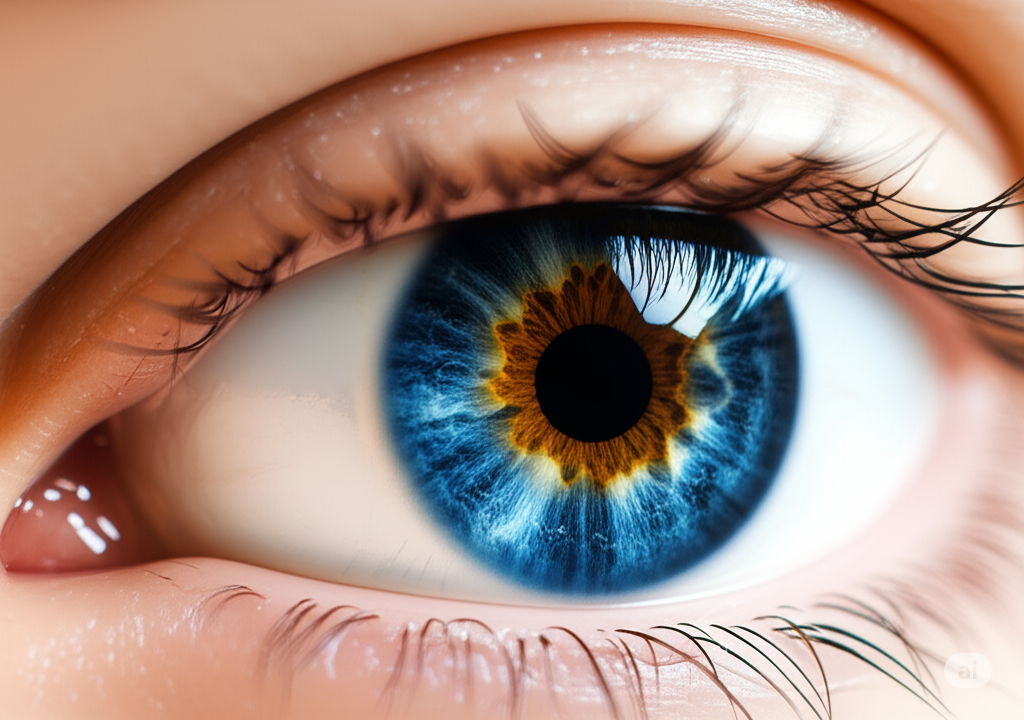
The blurry and hazy vision caused by cataracts can severely limit your ability to interact with the world around you. With modern cataract surgery, the clouded lens is removed and replaced with a clear, transparent intraocular lens (IOL). This ensures that light is properly focused onto the retina, dramatically increasing your visual acuity. Patients often notice soon after surgery that colors appear more vibrant, objects are sharper, and fine details become more discernible. This makes everyday activities such as reading, watching television, and performing daily tasks much easier and more enjoyable.
Improved Night Vision and Safety
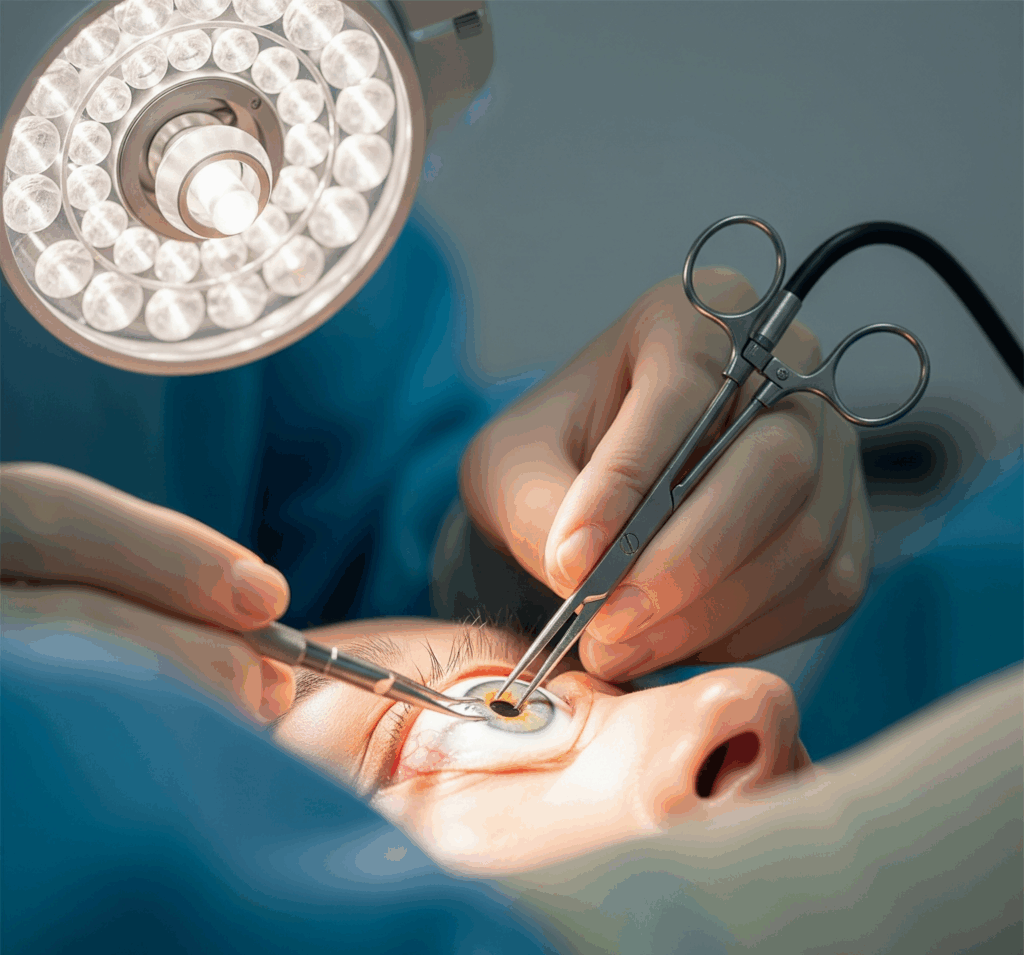
Cataracts can make seeing in low-light conditions particularly challenging and can significantly increase glare from oncoming headlights when driving at night. The cloudy lens scatters light, leading to halos and starbursts around light sources. Cataract surgery eliminates this cloudiness, allowing light to enter the eye more regularly and clearly. This significantly enhances safety and comfort in activities like night driving, navigating in dimly lit environments, or engaging in hobbies under low light. Improved night vision also plays a crucial role in reducing the risk of falls, especially for older individuals.
Brighter and More Vibrant Color Perception
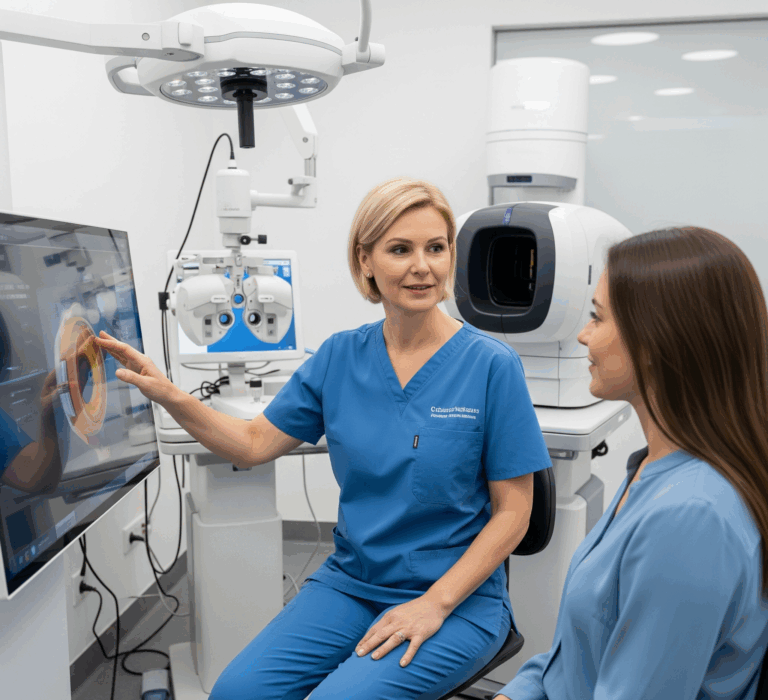
As cataracts progress, the eye’s natural lens often develops a yellowish or brownish tint. This condition causes the colors you see to appear faded, washed out, or tinged with yellow. When the cloudy and color-distorting lens is removed during cataract surgery, patients frequently describe rediscovering the world as if “seeing it for the first time.” Colors begin to appear brighter, richer, and truer to their actual shades. This aesthetic improvement restores the visual richness of daily life, significantly boosting overall well-being and visual satisfaction.
Significant Increase in Independence and Quality of Life
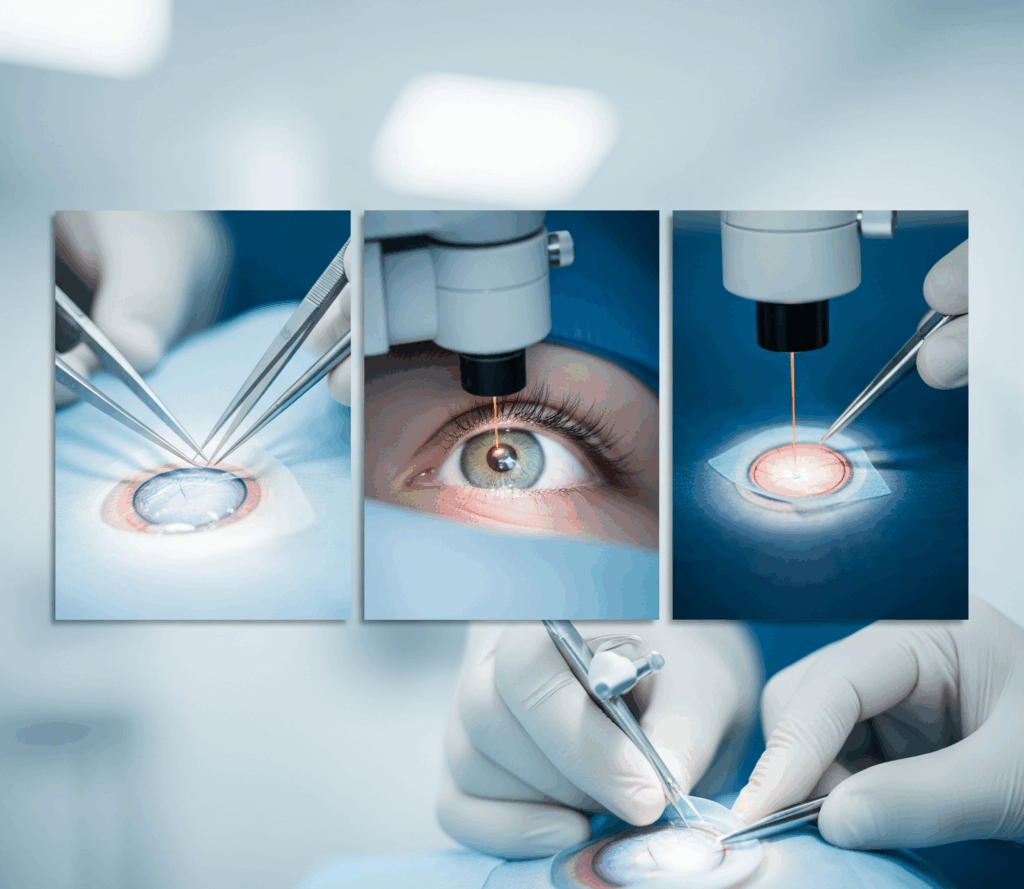
A cataractous lens causes light to scatter as it enters the eye, leading to excessive glare and light sensitivity (photophobia). This can be particularly troublesome in sunny conditions or from bright indoor light sources, making daily activities uncomfortable and causing eye strain. Cataract surgery eliminates this light-scattering effect, substantially reducing light sensitivity. As a result, patients experience greater comfort in bright environments, no longer need to squint as frequently, and enjoy an overall improvement in their visual comfort.
Brighter and More Vibrant Color Perception
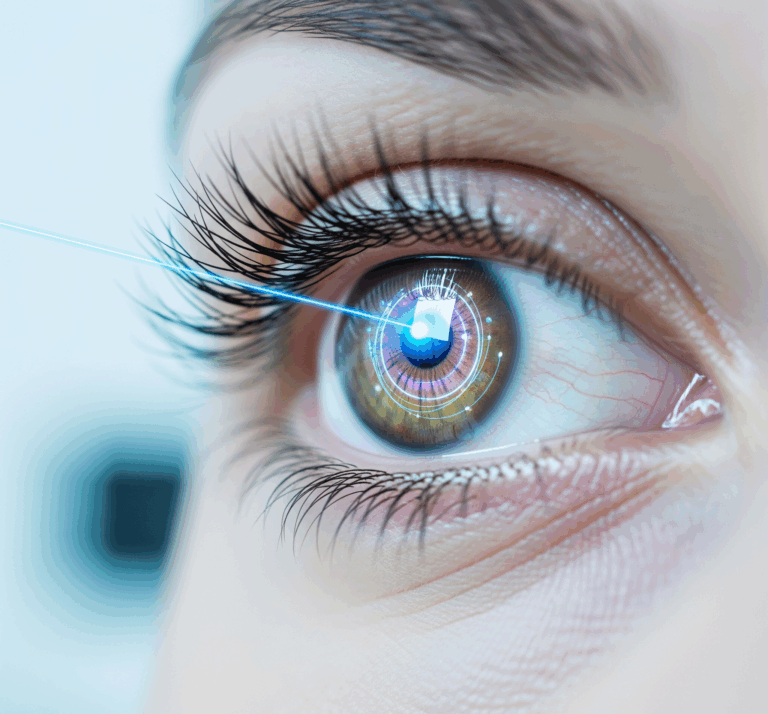
Blurred vision due to cataracts can severely restrict one’s ability to perform numerous daily activities, such as reading, preparing meals, driving, watching television, or pursuing hobbies. Over time, this can lead to dependence on others and social isolation. The restoration of vision through cataract surgery empowers individuals to perform these activities independently. This increased confidence and capability enhances their social engagement and elevates their overall satisfaction with life. In essence, cataract surgery is a transformative procedure that not only improves ocular health but also profoundly enhances an individual’s well-being and independence.
Why Choose Smile Center?
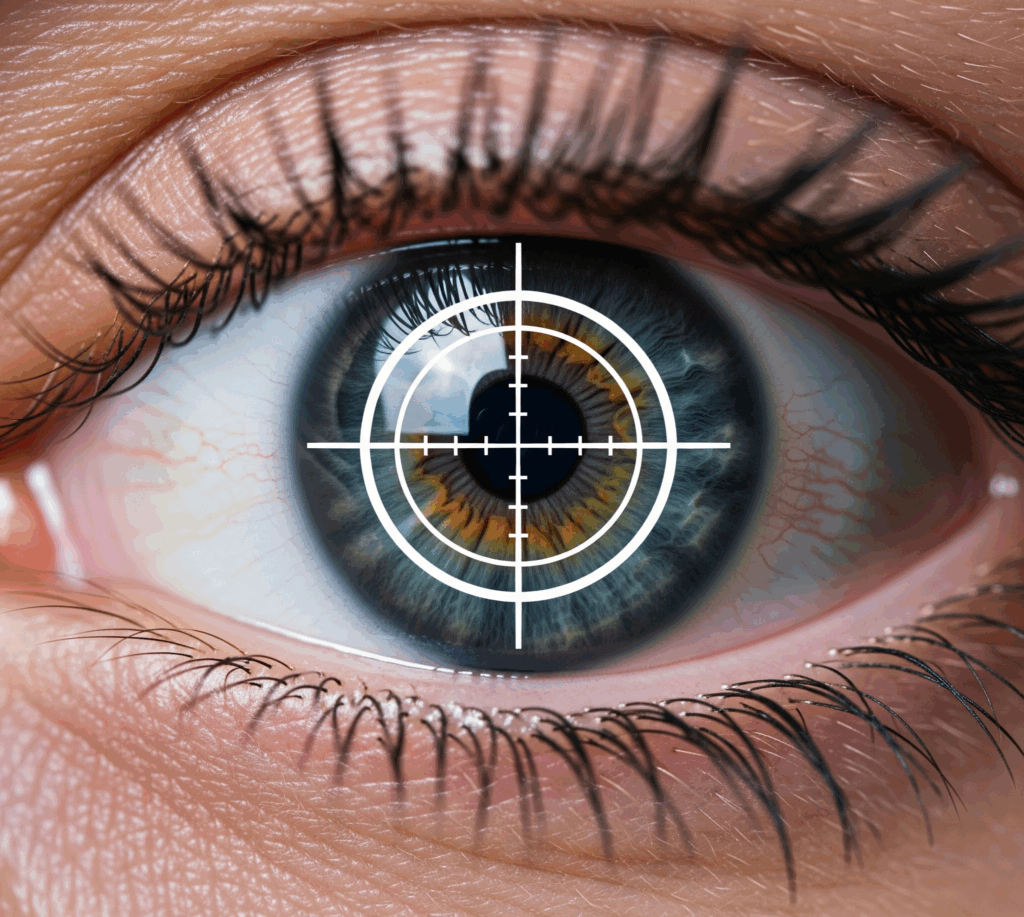
🌍 Internationally accredited ophthalmologists
🏥 Cutting-edge phacoemulsification technology
💵 Competitive pricing & all-inclusive packages
✈️ Dedicated travel & aftercare support

F.A.Q.
What is Cataract Surgery and How Does It Work?
Cataract surgery is a common and highly effective procedure performed to treat cataracts, which occur when your eye’s natural lens becomes cloudy over time. During the surgery, the clouded natural eye lens is carefully removed using microsurgical techniques. In its place, a clear, artificial intraocular lens (IOL) is inserted, designed to restore your vision and often provide clear sight for life. This artificial lens is permanent and typically lasts a lifetime. The procedure is generally performed under local anesthesia, and most patients do not feel any pain or discomfort. The goal of the surgery is to eliminate blurry vision by allowing light to focus clearly on the retina, enabling you to perceive colors more vibrantly.
Is Cataract Surgery Painful?
Cataract surgery is generally a painless procedure. Local anesthesia (typically drops or an injection) is used to numb your eye, preventing you from feeling any pain during the operation. Some patients might experience a mild pressure or slight discomfort, but this is usually minimal, and most individuals report feeling nothing at all during the procedure. After the surgery, you might experience a mild stinging or watering sensation, but this is usually easily managed with over-the-counter pain relievers and resolves quickly.
How Long is the Recovery Process After Cataract Surgery?
The recovery process after cataract surgery is typically rapid. Most patients notice a significant improvement in their vision even on the day after the surgery. Full recovery and stabilization of vision can take a few weeks. For the first few days, you might experience slight redness, itching, or a gritty feeling in your eye. You will be given eye drops to protect your eye and prevent infection; it is crucial to use these regularly as directed by your doctor. It is advised to avoid heavy lifting, rubbing your eye, and exposure to dust for the first few weeks after the surgery. Your doctor will provide you with detailed instructions regarding your specific recovery process and what to pay attention to.
Smile Clinic








